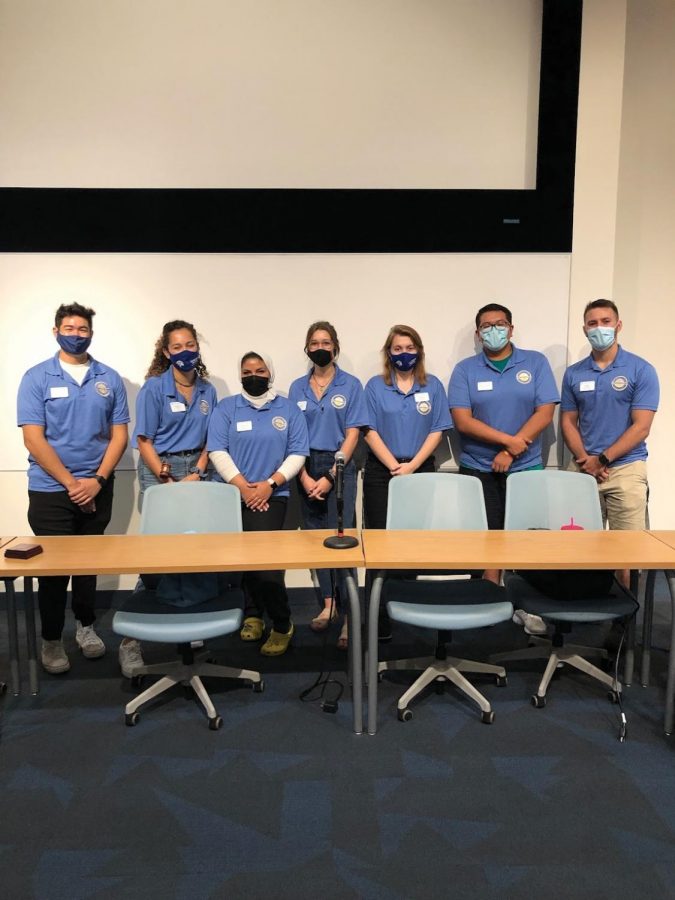The Seton Art Gallery in Dodds, for its final event of the semester, brought artist Marcie Paper to the gallery to give a lecture on her work, followed by a reception on December 2. Since November 18, the gallery has displayed several pieces of Paper’s art in an exhibit called “Mama Pajama Rolled Out of Bed.” The gallery will remain open until December 10.
Upon watching her father become ill and losing his short-term memory as a result, Marcie Paper began to wonder whether she would meet the same fate. That worry, combined with the appreciation she gained for the mundane events in her life, led her to create paintings and animations based on her memories.
Whether an event is significant or not, Paper would record it on paper, panel, or canvas, usually with acrylic paint. She has also incorporated digital images, collages, and painting animations into her repertoire, the latter of which would consist of her making frame after frame of a single work, creating a scene when shown on a projector.
In size, Paper’s creations range from eight square inch pieces, which she makes entirely over the course of one day, to poster-sized works, the largest of which she spent two years perfecting. Some of her works are untitled, identified only by number, while others are titled after the dates they were made. For a few others, Paper would watch a movie, such as Citizen Kane and Frozen River, and draw whatever comes to mind as the movie plays, which would often require replaying the movie to finish the piece.
For “Mama Pajama Rolled Out of Bed,” Paper spent two years listening exclusively to one side of an album by singer and songwriter Paul Simon. She found that Simon’s music allowed her to remember previous times and seasons while simultaneously generating new thoughts and associations in the present.
In a similar style, Paper would sand her work when she wanted to make an addition, adding another layer while keeping remnants of the old to retain the same sense of past and present in a single image.
Paper has theorized extensively on the nature of memories, not only to understand how to retain them through her art, but also to have physical evidence of her own existence and, lastly, to answer one question. “How much memory and time can one painting hold?”










